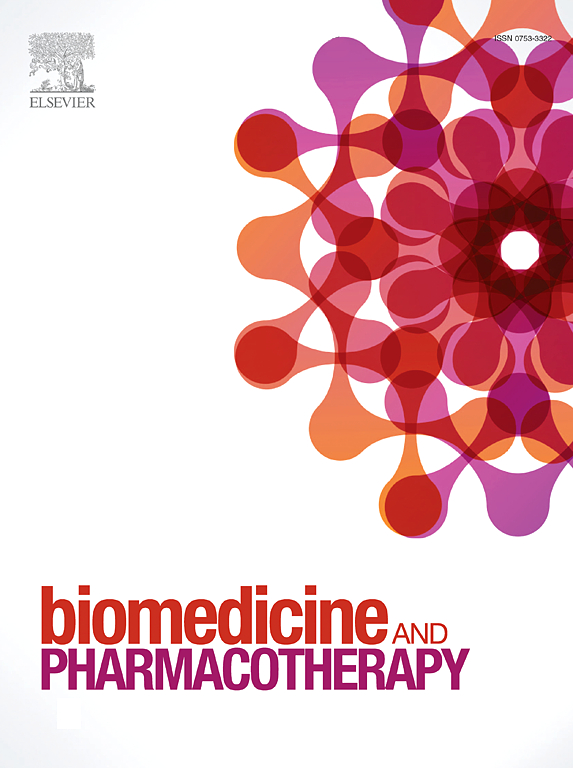Rifampicin and its neuroprotective properties in humans – A systematic review
IF 6.9
2区 医学
Q1 MEDICINE, RESEARCH & EXPERIMENTAL
引用次数: 0
Abstract
Background
Rifampicin is an antimicrobial drug used in the treatment of mycobacterial and gram-positive bacterial infections. In vitro studies suggest additional rifampicin-associated reduction of neurotoxicity. The aim of this study was to review the evidence for neuroprotective effects of rifampicin in infectious and non-infectious diseases in human studies.
Methods
A systematic literature search was done in MEDLINE and Embase including studies from 1 Jan 1946/47–20 Jan 2024, in accordance with the preferred reporting items for systematic reviews and meta-analysis (PRISMA) (PROSPERO ID: CRD42022349852). Original articles investigating the effect of rifampicin on infections of the central nervous system (CNS) or on neurodegenerating diseases, were included. Screening, data extraction and risk of bias assessment were done using the Covidence software. Two authors assessed and extracted articles independently and blinded to each other.
Results
1438 articles were identified of which eight were included in the final analysis: Four studies included patients with infectious diseases and four studies with neurodegenerative diseases. A neuroprotective effect of rifampicin was shown in five studies. The studies found reduced inflammatory parameters in the cerebrospinal fluid, improved neurological outcome, less cognitive decline, less brain atrophy or less metabolic decline on imaging as an effect of rifampicin. One RCT showed worsening of cognitive assessment scales in neurodegenerative patients.
Conclusion
Current evidence suggests a neuroprotective effect of rifampicin in humans. As evaluation of neuroprotection is not standardized, a consensus definition for evaluation of clinical, radiological, and neuropsychological follow-up after pharmacological intervention would be helpful for future studies assessing neuroprotection.
求助全文
约1分钟内获得全文
求助全文
来源期刊
CiteScore
11.90
自引率
2.70%
发文量
1621
审稿时长
48 days
期刊介绍:
Biomedicine & Pharmacotherapy stands as a multidisciplinary journal, presenting a spectrum of original research reports, reviews, and communications in the realms of clinical and basic medicine, as well as pharmacology. The journal spans various fields, including Cancer, Nutriceutics, Neurodegenerative, Cardiac, and Infectious Diseases.

 求助内容:
求助内容: 应助结果提醒方式:
应助结果提醒方式:


